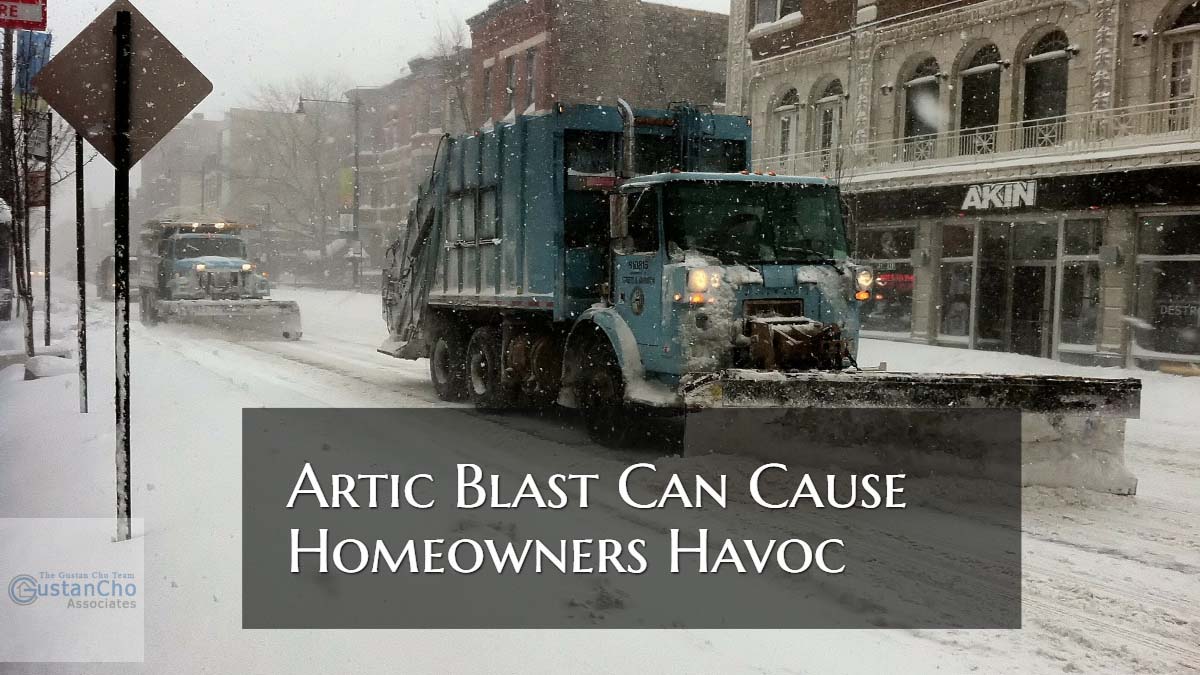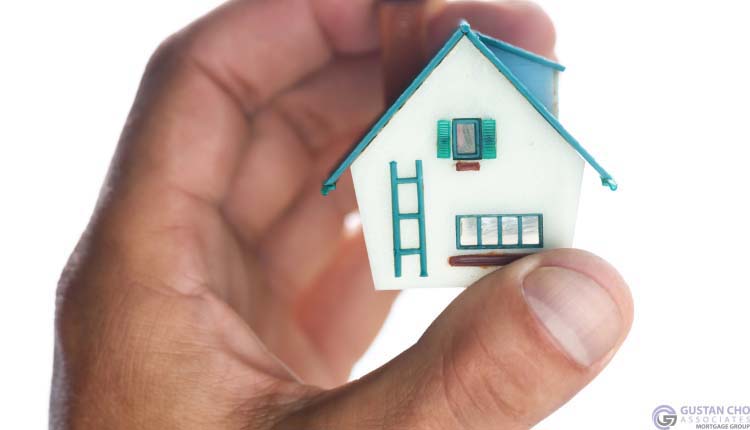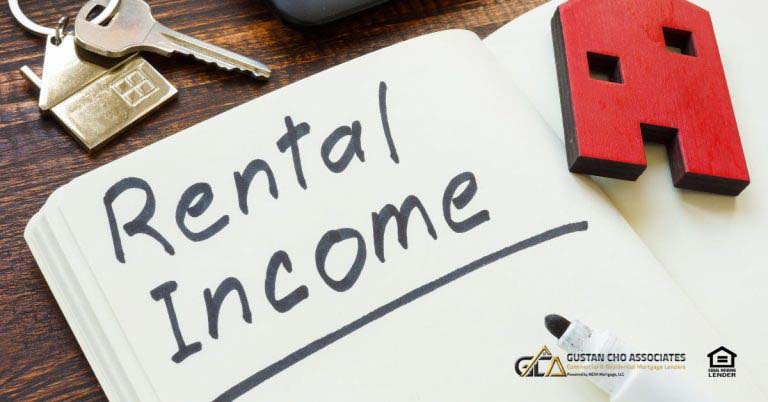This blog covers how the artic blast cause homeowners havoc like it did back in January 2019. Chicago and nearby towns, municipalities, and cities experienced the Great Chicago Artic Blast in the city history. We have updated the original blog published on January 2019 titled Artic Blast Cause Homeowners Havoc. John Strange, a senior mortgage loan originator at Gustan Cho Associates and an associate contributing editor at Great Content Authority Forums as well as a lifelong Chicagoan says the following about artic blast cause homeowners havoc:
Is Chicago and the Midwest expected to have another artic blast in 2025? Weather forecasters and many podcasters are talking about another artic blast in the winter of 2025 so many folks.
Homeowners should keep their guards up and prepare. Do not wait until the last minute. Remember that artic blast cause homeowners havoc. Again, this blog on artic blast cause homeowners havoc has been updated today on July 13, 2025. The original blog was originally published on January 26, 2019 and has been moved below the updated blog in its entirerity.
What Homeowners Should Know About This Year’s Arctic Blast
Original Blog Was Published on January 26, 2025
- Original blog from January 26, 2025, continues below the updated blog:
Artic Blast Can Cause Homeowners Havoc
Getting Ready for a Record-Cold Season
With the jaw-dropping chill arriving in 2025, homeowners nationwide must face the fallout of sub-zero air and piled-up snow. At Gustan Cho Associates, powered by NEXA Mortgage, LLC (NMLS 1660690), we see the winter headaches that keep people awake, hammering pipes, sagging roofs, and busted heating systems. Building on our 2019 advice, this updated guide lays out step-by-step moves you can make today to sidestep those problems and save yourself miles of repair bills later. Whether you just bought your first home or you have been mixing snow melt into your driveway for years, a few easy tweaks now could spare you thousands when things finally thaw out.
Is Your Home Ready for the Arctic Blast?
Frozen pipes, roof leaks, and power outages can cost you thousands.
Artic Blast Can Cause Homeowners Havoc: The Deep Freeze Forecast for 2025
According to the National Weather Service, much of the Midwest, Northeast, and even parts of the South could be staring down record lows from now until late January 2025. Wind chills around -20°F to -40°F are on the books for Illinois, Wisconsin, Michigan, Minnesota, Ohio, and anyone else caught in the Arctic stream. Add snow totals that may pile past a foot in places, and the strain on aging roofs, shady porches, and hidden pipes only climbs higher.
How Artic Blast Can Cause Homeowners Havoc: Winter Woes: Pipes, Roofs, and Bills
Over 300,000 households learn the hard way every frosty season that frozen pipes can spell disaster. A hairline crack just one-eighth of an inch wide can spray 350 gallons of water in hours. That much runoff turns living rooms into swimming pools and drywall into mush, costing thousands in repairs. Dale Elenteny, a senior mortgage loan originator and an associate contributing editor at GCA Forums News says the following about how the artic blast cause homeowners havoc:
Chicagoans and other folks who live within the borders of the artic blast should keep this in mind: Besides dealing with dangerous sub-zero temperatures, people (especially homeowners) can multiply the potential dangers and havoc if they get hit with snow, high winds, and potential HVAC breakdowns.
Then there is the weight of snow. Once the white stuff piles past two feet, roofs and decks begin to sag under the strain. A spectacular winter scene can quickly become a costly cave-in, especially for homes built before the last energy crunch or not routinely maintained. And let’s not forget power bills. When temperatures dive below zero, heating systems run almost non-stop in poorly insulated houses. Families will notice that on the monthly statement, sometimes with a big jump, it steals holiday cheer.
What Arctic Spells Can Hide
Galvanizing southern storms may look lovely from indoors, yet they scheme against unprepared buildings. Here are three ways an arctic snap can ruin your day:
- Frozen Pipes: Plumbing in attics, unfinished basements, crawl spaces, or near drafty windows quietly cools when thermostats dip.
- If homeowners leave the house or crank the heat overnight, those vulnerable pipes can freeze solid and burst.
- Structural Stress: Snowdrifts along eaves and ice clinging to railings quietly test nails, screws, and boards.
- Over time, layers of hardened slush can double a roof’s design load, and cheap plywood can crack, tearing entire spans on older houses.
- Mold & Water Damage: Once a line bursts, furniture, carpets, and drywall are flooded within minutes. Addressing the leak quickly curbs mildew, but neglect for even a few hours lets mold spread, often beyond economic repair.
- Prepared homeowners insulate vulnerable pipes, shovel roofs, and check the furnace before the arctic chill arrives.
- Do the same, and listen for the good silence when the blizzard finally blows through.
- Proactive Steps to Prevent Frozen Pipes: New homeowners, especially those who found their house through Gustan Cho Associates, often overlook the bite of below-zero days.
- To keep pipes from turning into icicles this winter, try these easy tips in 2025:
Know Your Main Shut-Off Valve
Every person in the house should be able to point to and twist the main water shut-off valve. If a pipe bursts, turning off the water quickly cuts flooding damage and costly repairs.
- Insulate Weak Spots: Hire a licensed plumber to check attics, basements, crawl spaces, and spots near vents for bare pipes.
- Foam wrap or heat tape at any hardware store adds a warm shield to pipes in chilly corners.
- Seal drafts around windows, doors, and dryer vents with caulk or weather stripping.
- Keep the heat on: To prevent freeze-up, set the thermostat to at least 60°F day and night, even when nobody is home.
- Open cupboard doors under sinks so warm air can brush against hidden pipes.
- A smart thermostat lets you check and adjust the house temperature from your phone during long trips.
- Let the Faucets Drip: Let taps fed by cold-prone pipes drip slightly.
- This is because moving water freezes far more slowly than still water.
- Winterize Your Plumbing: Disconnect and drain all outdoor hoses.
- Also, empty any garden sprinklers.
- In empty homes, pour non-toxic antifreeze into toilet tanks and drains, or shut off the whole water system.
Protect Your Home from Snow and Ice
Deep snow and thick ice can weaken a house fast. Take these steps to stay safe:
Clear Snow from Roofs and Decks
- Use a roof rake to pull off snow deeper than 18 to 24 inches.
- This cuts the risk of roof failure.
- Shovel porches and decks should be used right after heavy falls, especially on older buildings, to stop possible collapse.
- For tall or steep roofs, call a pro.
- They have the gear and know-how to work safely.
Inspect for Ice Dams
- Look along eaves for hard ridges of ice.
- Dams can push water under shingles and ruin ceilings and walls.
- Better attic insulation and vents stop heat loss, which helps prevent ice dams.
Monitor Structural Integrity
After big storms, check roofs, porches, and decks by eye. Look for cracks or sagging that hint at hidden damage.
Final Walk-Through Before Closing
- The final walk-through is the last peek at your new home before the keys are handed over.
- The final walk-through is important and matters even more when the temperature drops.
- If you are buying a vacant house, plan this check for the morning of closing.
- Do a quick look for:
- Dark spots on walls or ceilings could mean frozen or burst pipes.
- Thin or missing insulation in attics, basements, and crawl spaces.
- Vents blowing warmth and thermostats that turn the heat on.
Remember, any problem noticed after closing will land on your repair list. Gustan Cho Associates team, led by Gustan Cho (NMLS 873293) and veteran experienced mortgage industry professionals, stays with you through the walk-through and beyond. Because we have no lender overlays on FHA, VA, USDA, and conventional loans, more than 80% of clients who were denied elsewhere end up approved with us.
Why Trust Gustan Cho Associates?
Gustan Cho Associates is a five-star mortgage company licensed in 48 states, leaning on deep experience with first-time buyers and tough cases. We know walking into homeownership can feel huge, and our team is ready to break each step down for you.
Protect Your Home From Cold Weather Damage
Don’t wait until it’s too late—get tips to winter-proof your home today.
Here is what we bring to the table:
- No Lender Overlays: We adhere to agency rules, so loans that other banks turn away may still receive our green light.
- Diverse Loan Options: From FHA and VA to non-QM and bank-statement loans, we cover borrowers with scores as low as 500 or fresh income bumps.
- 24/7 Support: Reach our team anytime at gcho@gustancho.com or call 262-716-8151.
- We’re here evenings, weekends, and even on holidays.
- Fast Closings:
- Thanks to our streamlined process, many loans close in 30 days or less.
Stay Prepared with Gustan Cho Associates
The coming Arctic blast reminds every homeowner to take steps against extreme cold. By winterizing pipes, sealing drafts, and checking heating systems now, you can save money and protect your property’s value. Looking for more tips, or need help with your mortgage? Visit www.gustancho.com or drop us a line. We’ll send weather updates along with mortgage options that fit your situation.
Gustan Cho Associates is a dba of NEXA Mortgage, LLC (NMLS 1660690, Branch NMLS 2315275), an Equal Housing Lender. We proudly salute our military and veterans for their service.
Original Article on Artic Blast Can Cause Homeowners Havoc Published on January 26, 2025
The Artic Blast Can Cause Homeowners Havoc this weekend. Sub-zero temperatures and the coldest temperatures is hitting dozens of states.
- Midwestern States like Illinois, Wisconsin, Ohio, Michigan, Minnesota is expected to get over 10 inches of snow
- Artic Blast Can Cause Homeowners Havoc with potential frozen pipes and the heavy weight of snow on their roofs and porches
- Over a quarter of a million homeowners are affected by broken pipes each winter
However, the Artic Blast that we are experiencing this weekend into next week is the coldest weather we had in decades.
Artic Blast Can Cause Homeowners Havoc With Broken Pipes
Sub-zero weather is expected this weekend into next week in Midwestern and Eastern States. Windchill factors will drop temperatures into 20 to 30 below zero in many areas. This Artic Blast Can Cause Homeowners Havoc with pipes freezing. Pipes can burst due to sudden temperature drops in homes with insufficient insulation. Or homeowners who are out of town and have their thermostat setting low. Areas of homes affected are attic and basements where there is not enough insulation. Areas by windows where draft is common may also be affected.
Coldest Temperature Since Winter 2004
All week, temperatures hovered in the single digits in many parts of the country.
- The National Weather Service (NWS) is forecasting record low temperatures in the coming week
- We are expected to have the coldest temperature since December 2004 the week of January 28th
- These types of cold weather is a recipe for broken pipes
- If the pipes in your home breaks, immediately go to the water meter and shut off the entire plumbing of the home
- This needs to be done immediately to avoid flooding and major damage to your home
- Flooding damage due to frozen pipes can cause tens of thousands of dollars worth of damage to your home
- A small pipe break that is as minor as 1/8th of an inch can pour 300 gallons of water in a matter of hours
- This causes major flooding throughout the home
- Not only damaging furniture but can cause structural damages and eventual mold throughout the home
- Most frozen pipe breaks occurs in the basement
But a frozen pipe break on the second floor and/or attic can also happen and will multiple the damage.
Avoiding Freezing Pipes
There are many first time home buyers who recently purchased a home recently who does not know the impact of sub-zero weather. Being pro-active is the best policy.
Here are some tips for homeowners in dealing with cold temperatures:
- Get every member of the family familiar where the main water shut-off valve is
- Learn how to operate the main water shut-off valve
- Contact a reputable plummer and have them inspect crawl spaces, basements, attics and areas where draft comes in
- Check for pipes and make sure the pipes are insulated
- Areas where drafts comes in like windows, dryer vents needs to be insulated and caulked
- Make sure all garden hoses are disconnected and drained
- Areas where you feel pipes may freeze, turn the faucet on slightly so it drips
- This protects pipes from freezing
- Do not lower the thermostat in the evening on sub-zero weather
- Leave cabinet doors open to allow heat to areas where there are pipes
- This is especially important under kitchen and bathroom sinks
- Make sure that the heat is on if you are leaving your home for an extended period of time
- Pour anti-freeze in all of your toilets and/or drain it and shut off the water
Artic Blast Can Cause Homeowners Havoc With Drifting Snow
Windchill factors will hit 50 below zero in Chicago and surround areas. Coupled with 10 plus inches of snow Sunday night going into Monday, homeowners need to pay attention on the impact the weight of the snow has on their roofs and porch systems. Make sure to shovel areas of drifted snow from your deck. Older decks cannot take the massive weight of snow and can potentially collapse. Visually check your roof. Make sure to have snow removed in areas of your roof that has more than 2 feet of snow. There have been cases of roof collapse due to the heavy weight of snow.
Final Home Inspection Prior To Home Closing
All home buyers have a final walk through prior to closing on their home loan. Make sure you do a final walk through the day of the closing if there is sub zero temperatures. Once the home closes, there is no turning back. Broken pipes is possible on homes that has been vacant during sub-zero weather. Gustan Cho Associates will keep our viewers updated on more weather related tips for homeowners.
Cold Snap Coming? Here’s What Every Homeowner Should Do
From heating systems to plumbing, make sure your home’s protected.









